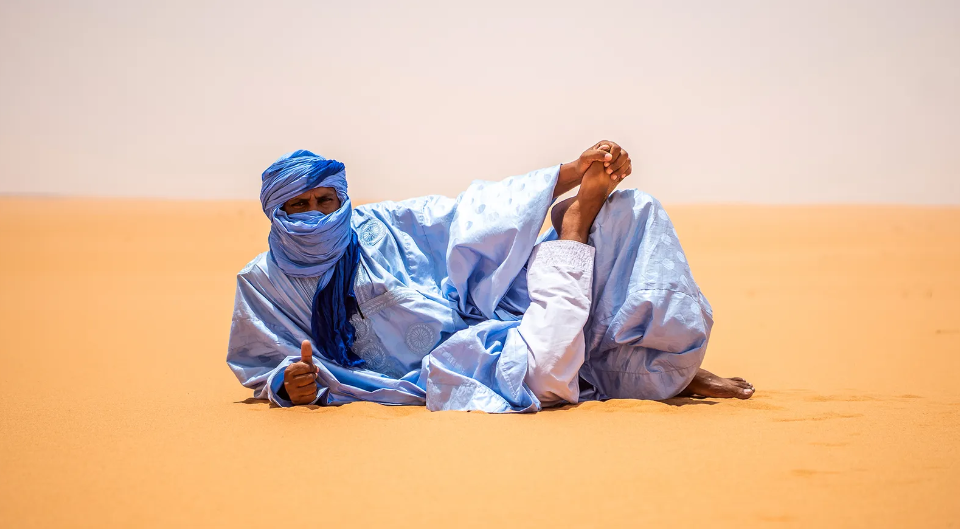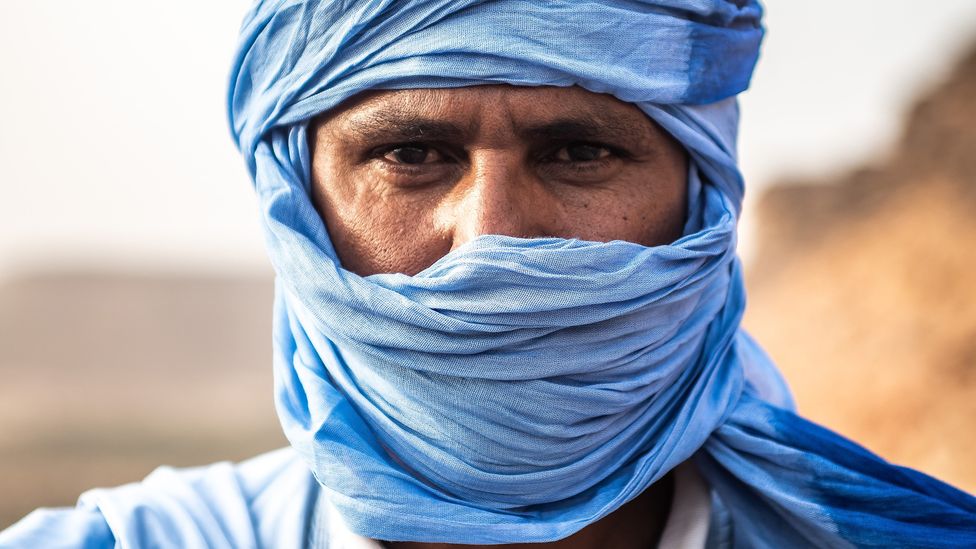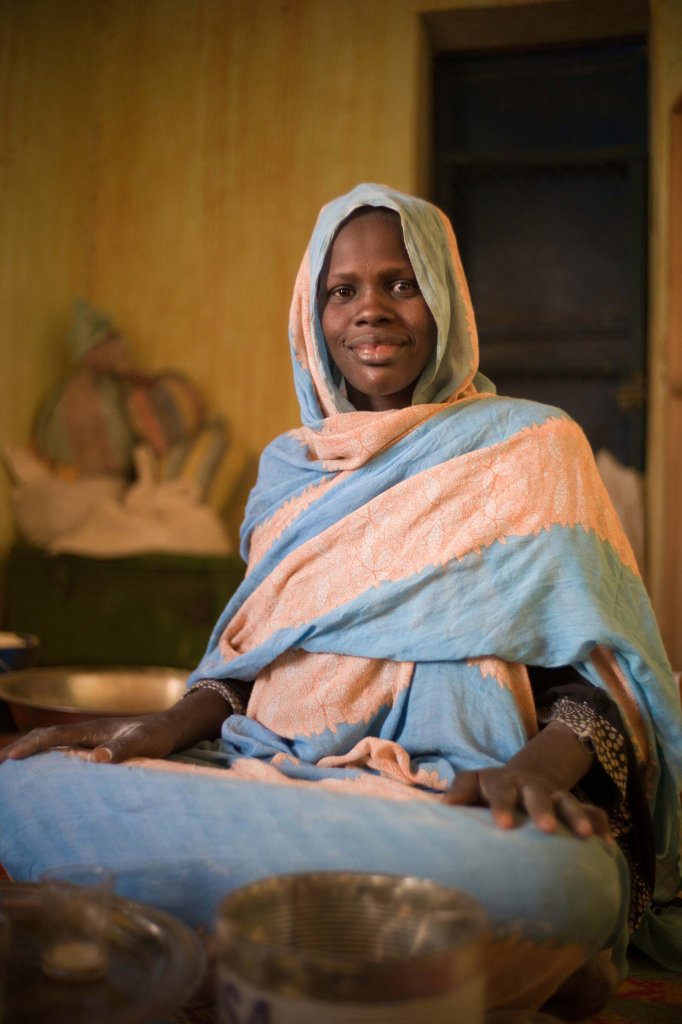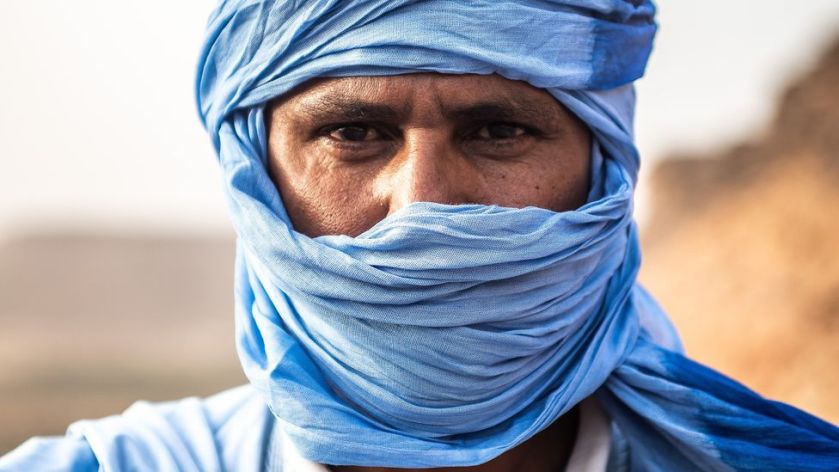SEASON 5, EPISODE 8
In the arid expanse of Northern Africa, Mauritania showcases a wealth of traditional attire deeply rooted in the nation’s cultural heritage. With a climate characterised by scorching temperatures, the choice of materials for clothing is pivotal. Fabrics tend to be light in texture, a reflection of the environment and climate they’re tailored for.
These lightweight fabrics serve multiple purposes in Mauritania’s challenging climate.
- They facilitate efficient airflow and ventilation, aiding in temperature regulation in the midst of the hot and arid conditions.
- Lighter fabrics offer enhanced comfort, reducing perspiration and discomfort.
- Their light-hue serves a crucial role, helping to protect the bodies of individuals from the harsh sun by deflecting sunlight and mitigating heat absorption.
- They are less restrictive, allowing for greater freedom of movement.
Check out: An Exploration Of Mauritania’s Local Dishes
Now, let’s explore some of the traditional Mauritania attires:
Daraa
The Daraa also known as Moorish Boubou is an elegant flowing piece of clothing with embroidery worn by men. It is a long sheet of cotton or synthetic fabric, reaching knee or ankle length. It features two large opened-sleeves at each side that can be rolled up to the shoulders, and with a neck opening.

It is worn over loose trousers called saroual (also known as sirwal or sherwal) and a top called tunic.
Haouli
Haouli also known as cheche is a versatile headscarf or turban worn by men. It is worn by skillfully wrapping the piece of the fabric in layers around the head. Haouli is not only worn for cultural or ceremonial purposes, but serves as protection against harsh weather conditions and sandstorms.

Explore: Mauritania’s Major Ethnic Groups
Melhfa
This, also called mulfa, is a substantial piece of large fabric worn by women, particularly Moorish women. This is worn by wrapping the loose fabric around the body from head to ankle to conceal the body except the face.

Melhfa embodies cultural identity, modesty, and serves as a form of protection against sunlight and sand.
These traditional garments not only serves as a cultural tapestry but also serves as a form of protection to the challenging climatic conditions in Mauritania.
You might be interested in Learning More About Africa’s Culture
Written and edited by Ebby


One comment